#ancient Croatia
Explore tagged Tumblr posts
Text
That helmet's a beautiful thing, even if it's a trapping of warfare.
9 notes
·
View notes
Text


2,500-Year-Old Greek-Illyrian Helmet Discovered in Croatia
Archaeologists discovered a Greek-Illyrian helmet dating 2,500 years in very good condition on Croatia’s Pelješac peninsula.
The same team that found the Greek-Ilyrian helmet in 2020, in the same place, has found the next helmet, which according to the first analysis is older than the one found earlier.
The previous example most likely belonged to a member of the warrior elite who was interred there because it was discovered in a grave with pieces of iron weapons.
Archaeologists think the recently discovered helmet may have been a votive deposit because it was discovered in a dry stone-walled addition to a grave.
Greco-Illyrian type helmets originated in Peloponnese, Ancient Greece, where it likely evolved from the Kegelhelm (or Kegel type) of the Archaic Period.
The Greek-Illyrian helmet is extremely rare
Both of the helmets found are of different types and dates: The helmet discovered in 2020 was of a type commonly used in Greece and Illyria in the 4th century BC. It was an open-faced helmet with a rectangular cross-section for the face and decorative edges.
The newly found helmet is thought to date from the 6th century BC and is extremely rare. Finding two different Greek-Illyrian helmets at one site is unprecedented.
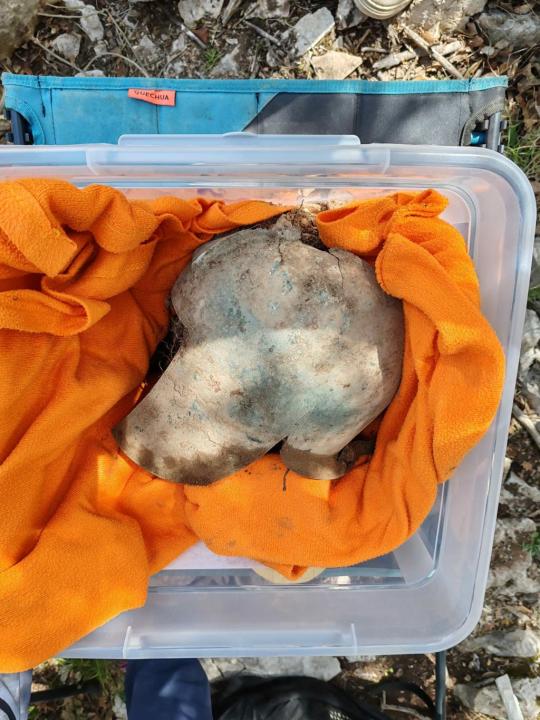


This find, along with a wealth of clothing, jewelry, and burial artifacts unearthed since the excavations began, greatly expands our knowledge of the funeral practices of Illyrian communities in the latter half of the first millennium BC.
The Illyrians were a group of Indo-European-speaking people who inhabited the western Balkan Peninsula in ancient times. They constituted one of the three main Paleo-Balkan populations, along with the Thracians and Greeks.
“What is very interesting is that two different types appear here in the same place, which speaks of a continuity of power of the respective community. These helmets have always been a symbol of some kind of status and power,” said Professor Hrvoje Potrebica, from the Department of Archeology of the Faculty of Philosophy in Zagreb.
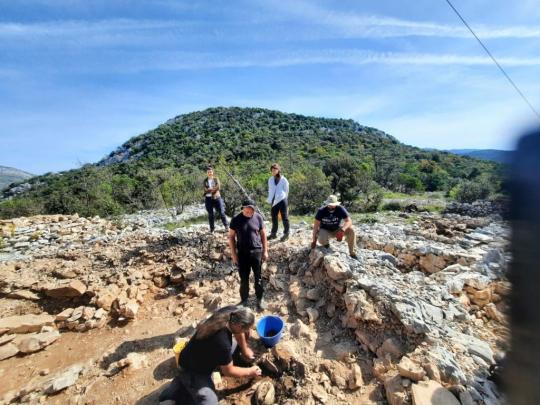
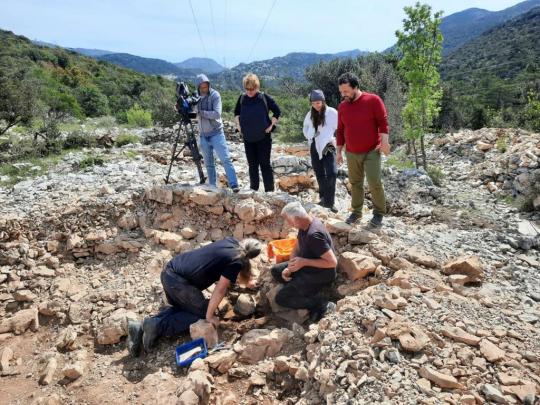
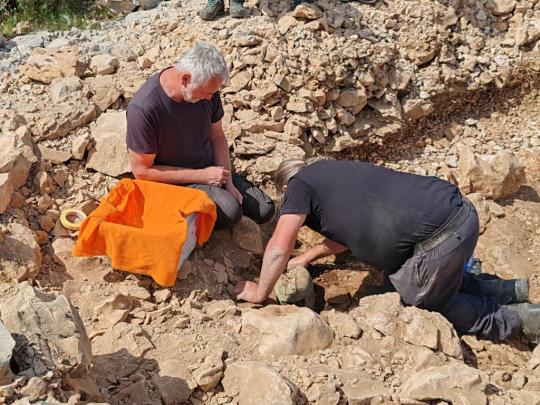
Speaking on the discovery, a representative from the Dubrovnik Museum said: “Along with numerous finds of jewelry, costumes and grave goods, this find of a helmet contributes in many ways to the knowledge of funeral rituals of Illyrian communities in the second half of the last millennium BC, and it ranks the area of Pelješac as one of the most important archaeological zones of the eastern Adriatic coast.”
Recently, archaeologists in Southern Italy have unearthed several significant artifacts, including two helmets, fragments of weapons and armor, and pottery shards, at an archaeological site in the ancient Greek city of Velia.
By Tasos Kokkinidis.
#2500-Year-Old Greek-Illyrian Helmet Discovered in Croatia#ancient Greek city of Velia#ancient artifacts#archeology#archeolgst#history#history news#ancient history#ancient culture#ancient civilizations#greek history#greek art
283 notes
·
View notes
Text
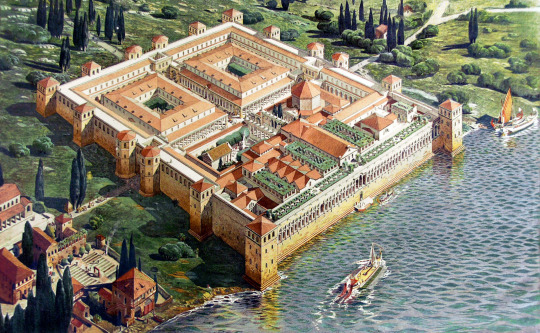
Diocletian's Palace by Ernest Hébrard
#ernest hébrard#art#diocletian#roman#emperor#palace#roman empire#split#croatia#dalmatia#illyrian#illyria#architecture#antiquity#romans#ancient rome#history#europe#european#adriatic sea#sea#ships#ship#landscape#adriatic coast
376 notes
·
View notes
Text



99 notes
·
View notes
Text

#Croatia#castle#coastal life#art#Luxury#luxury life#luxury living#Luxury home#ancient architecture#aesthetic#decor#home decor#lifestyle#lifestyle blog#home & lifestyle#architecture#classy#classy life#home
85 notes
·
View notes
Text

Arch of the Sergii, a triumphal Ancient Roman arch in Pula, Croatia.
January 2017
#ancient rome#ancient roman#travel#arch#ancient architecture#roman architecture#roman archaeology#architecture#archaeology#pula#croatia#wandering#photographers on tumblr#original photography#urbanexploration#lensblr#photography#urban photography#streetscape#street photography#wanderingjana
40 notes
·
View notes
Text

Park Under the Arena
📸 Canon Sure Shot 60 Zoom
#arena#colosseum#ancient rome#pula#croatia#roman empire#35mm#analog photography#film photography#film community#35mm color film#35mm camera#35mm film#35mm photography#photography#park
19 notes
·
View notes
Photo

A grocery store inside a 3rd century Roman imperial palace in Croatia
138 notes
·
View notes
Photo




Diocletian's Palace in the city of Split, Croatia.
It was built between the 3rd and 4th centuries AD, commissioned by the Roman emperor Diocletian.
UNESCO World Heritage Site
Photo 1 by @clarisselin
Picture 2: Original appearance of Diocletian's palace.
Picture 3: View of the Peristyle of Diocletian's Palace. by Robert Adam, 1764
Photo 4: View of the Peristyle. By: Ballota/ CC BY-SA 3.0/ Wikimedia Commons
#Roman empire#archaeological site#roman buildings#ancient Rome#Roman domus#croatia#roman architecture
258 notes
·
View notes
Text

Armlet from Croatia dated between 1000-800 BCE on display at the Natural History Museum in Vienna, Austria
Photographs taken by myself 2022
#art#archaeology#history#fashion#croatia#croatian#ancient#bronze age#jewelry#jewellery#natural history museum#vienna#barbucomedie
137 notes
·
View notes
Text
I can't believe the preservation of this boat. It's absolutey amazing. Great photos.
42 notes
·
View notes
Text
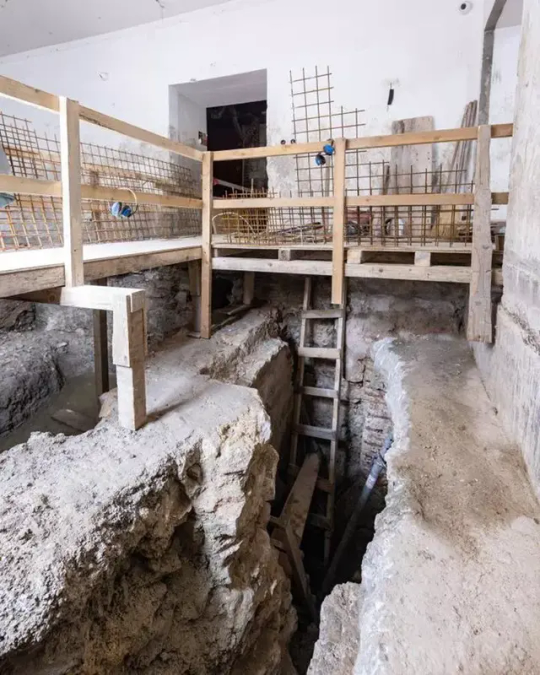

Archaeologists Discovered Large Roman Baths Under Museum in Croatia
The pool, mosaic floors and underfloor heating once formed part of Emperor Diocletian’s palace.
Archaeologists working to install a lift and restore the ground floor of Split City Museum got more than they bargained for when they unearthed sizable Roman baths underneath the building’s reception. The museum in Croatia’s second largest city was founded in 1946 and is held inside the Dominik Papalić palace—the former home of the affluent Papalić family who settled in Split during the 14th century.
The baths are in a well-preserved condition and include a pool, mosaic floors, ancient underfloor heating, an oil and grape press, and a furnace. Communal bathing was common across the Roman Empire, and baths acted as a space for relaxation and socializing.
The Split baths are believed to have been part of Diocletian’s Palace, built in the city at the end of the 3rd century for the Roman emperor’s retirement. The large fortress once spanned half of Split’s Old Town, and parts of the palace’s remains are listed UNESCO World Heritage Sites. The discovery of these Roman baths confute historians’ previous understandings about the layout of the ancient complex.
he repairs were planned as part of the “Palace of Life, City of Change” project, which is described as an “integrated program of development of the visitor infrastructure of the Old City Core with Diocletian’s palace.”

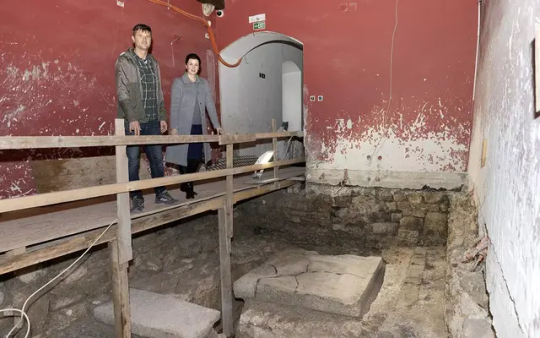
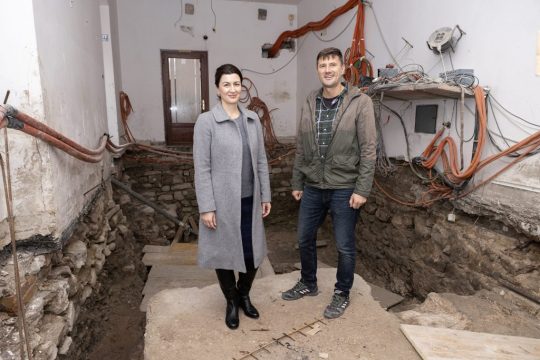
Split lies on the Adriatic Sea coast and was founded in the 3rd century B.C.E. as a Greek colony (then known as Aspálathos). Split’s landscape is made up of myriad architectural styles spanning hundreds of years, from classical ruins to Venetian Gothic structures. The director of the Split City Museum Vesna Bulić Baketić, spoke about the city’s rich architectural composition, “the fact that all of these layers of earlier buildings that once made up the city are visible inside the Split City Museum provides this museum with additional value that is exceptionally rare.”
The museum plans to open up part of the newly discovered baths to the public, once the structural integrity of the building has been ensured. The ground floor will also be restructured to celebrate the new discovery. “Showing our visitors the ‘living past’ that speaks to us through the original layers of centuries long gone adds insurmountable value and legacy to future generations,” Baketić said. “It is up to us to carry this out in the best and most professional way.”
By Verity Babbs.
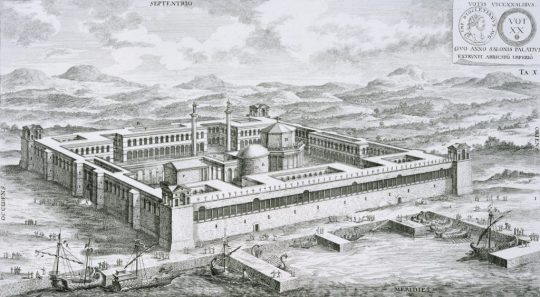
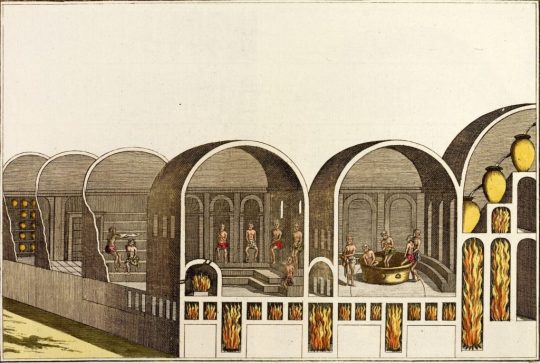


#Emperor Diocletian#Diocletian’s Palace#Archaeologists Discovered Large Roman Baths Under Museum in Croatia#Split Croatia#Split City Museum#roman baths#ancient artifacts#archeology#archeolgst#history#history news#ancient history#ancient culture#ancient civilizations#roman history#roman empire#roman emperor
45 notes
·
View notes
Text


Striations on a marble column in the Roman Forum in Zadar, Croatia
September 2024
4 notes
·
View notes
Photo
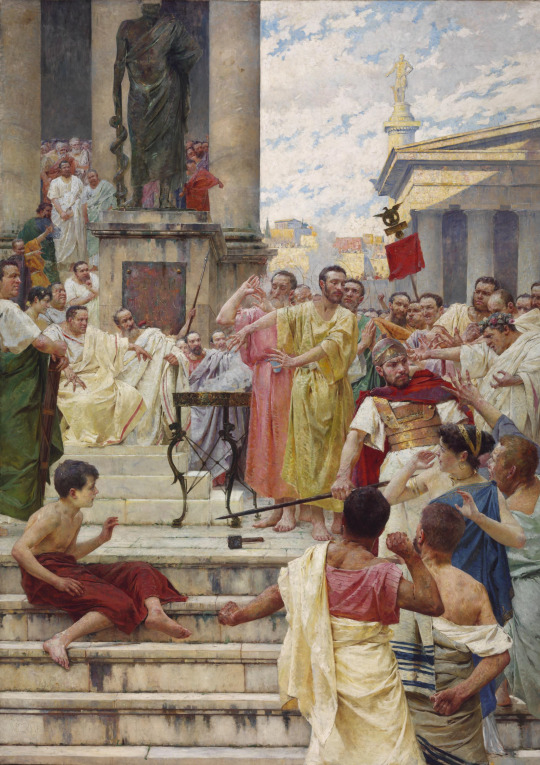
Mato Celestin Medović (Croatian, 1857 - 1920) Syrmian Martyrs, c. 1895-96 Museum of Fine Arts, Budapest
#Mato Celestin Medović#Celestin Madovic#art#fine arts#classical art#western civilization#european art#europe#europa#croatian#croatia#syrmian martyrs#serbia#fine art#beautiful art#ancient history#european#martyr#Martyrs#christianity#christentum#christendom#catholic
103 notes
·
View notes
Text

#Night time#Croatia#castle#coastal life#art#Luxury#luxury life#luxury living#Luxury home#ancient architecture#aesthetic#decor#home decor#lifestyle#lifestyle blog#home & lifestyle#architecture#classy#classy life#home
76 notes
·
View notes
Text

1024x652 Dubrovnik, Croatia. Ancient Ragusa, an independent urban republic.
Dubrovnik, Croacia. Antigua Ragusa, una ciudad-estado independiente.
13 notes
·
View notes